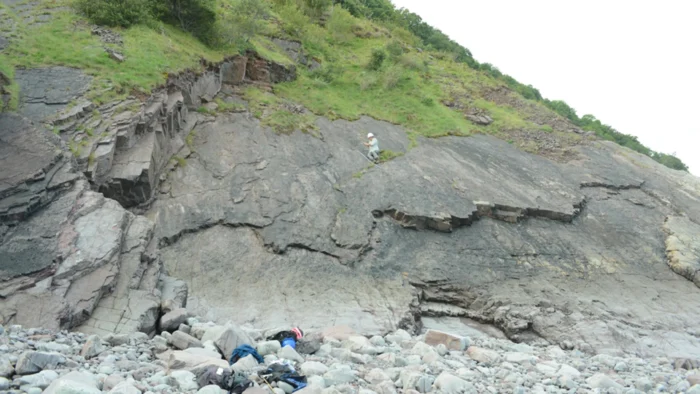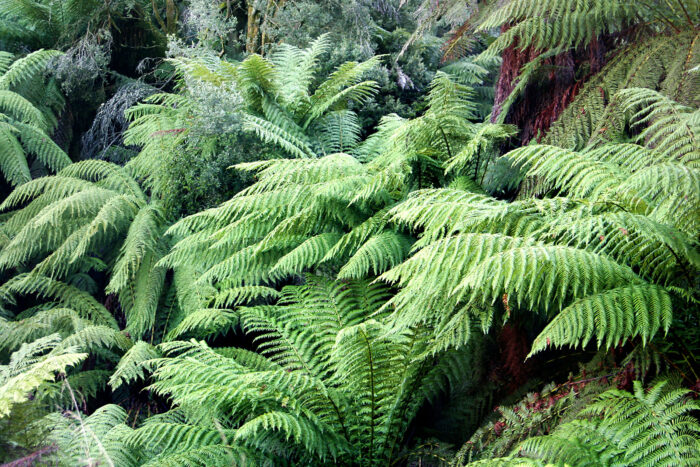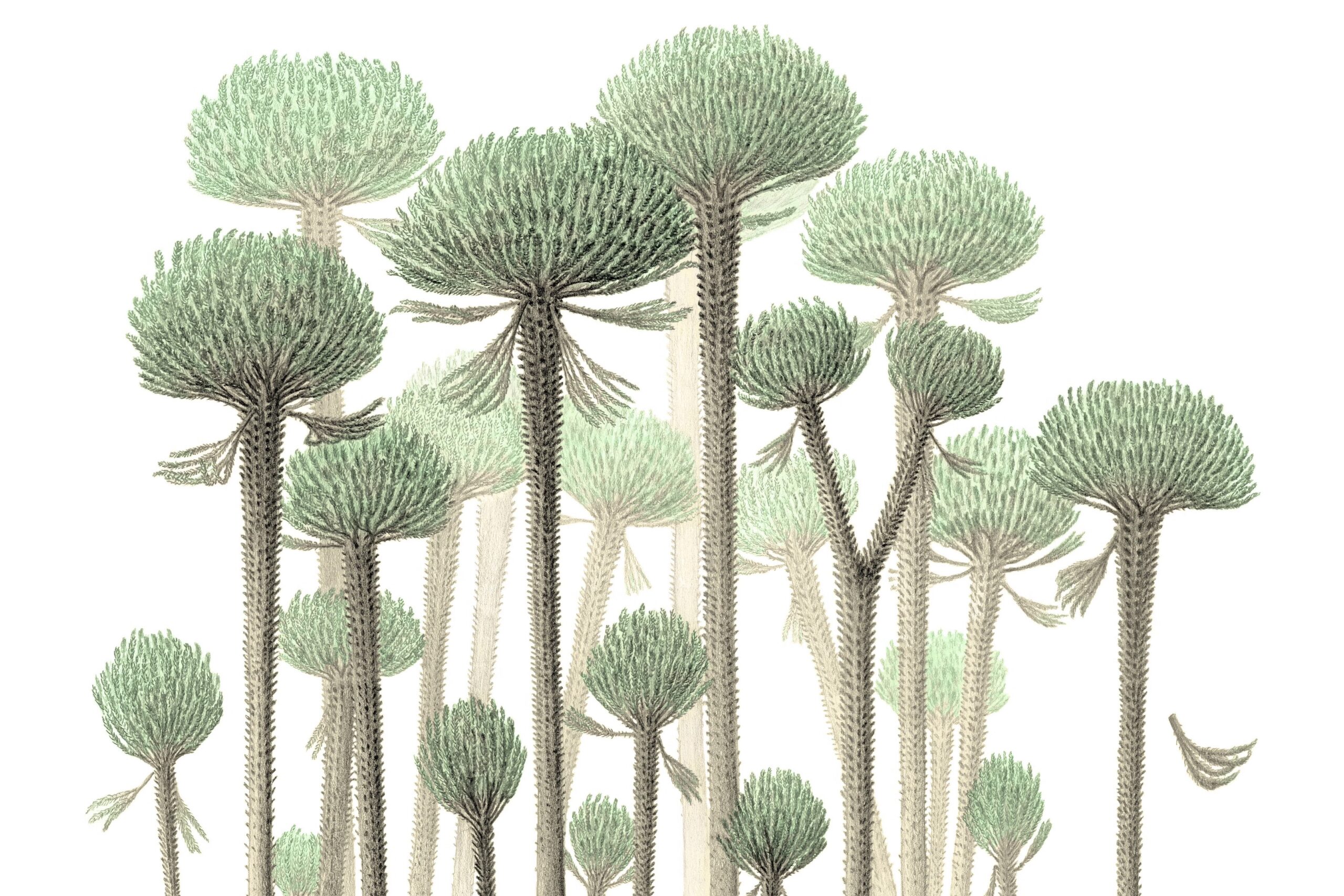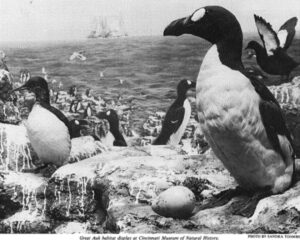If you were hiking through the world’s oldest forest, you probably wouldn’t even know you were in one.
That’s because fossilized trees researchers found on a cliff in Somerset, England didn’t grow more than a couple meters high. But what they lacked in towering profile, they more than made up for in years of existence on Earth.
The diminutive trees that roughly resembled today’s Dicksonia antarctica, a fern with a short stubby trunk, greeted some of the first life forms to set foot (or fin) on land. Called Calamophyton trees, the fossils date to the Devonian Period and are around 390 million years old.
Cambridge’s Department of Earth Sciences led a study on the deposit. The fossils of the ancient trees appeared in a cliff at Hangman Sandstone Formation along the Devon and Somerset coasts. And they hold insights into how trees helped shape prehistoric landscapes, stabilize coastal areas, and more.

Location of the fossil deposit. Photo: University of Cambridge
Tiny trees, giant impact
“It was amazing to see them so near to home,” co-author Dr Christopher Berry from Cardiff’s School of Earth and Environmental Sciences said in a statement. “But the most revealing insight comes from seeing, for the first time, these trees in the positions where they grew. It is our first opportunity to look directly at the ecology of this earliest type of forest, to interpret the environment in which Calamophyton trees were growing, and to evaluate their impact.”
Though Calamophytons looked different than today’s trees, the species’ roles resemble each other. Calamophytons were “prototypes” of existing trees, with thin, hollow trunks, no leaves, and “hundreds” of twig-like structures along their branches. Still, they dropped branches to forest floors to provide habitat for invertebrates and stabilize the forest floor.

Dicksonia antarctica, the existing plant that Calamophyton trees most resembled.
Weird forest
“This was a pretty weird forest — not like any forest you would see today,” said Davies. “There wasn’t any undergrowth to speak of and grass hadn’t yet appeared, but there were lots of twigs dropped by these densely packed trees, which had a big effect on the landscape.”
Devonian rivers were lazier than existing rivers, Davies said, and Calamophytons helped turn them into deep, coursing channels.
“The evidence contained in these fossils preserves a key stage in Earth’s development, when rivers started to operate in a fundamentally different way than they had before, becoming the great erosive force they are today,” he said.
The discovery supplants another fossil forest in New York by about four million years. And it never would have happened, Davies pointed out, unless his team was willing to zero in on their home turf.
“People sometimes think that British rocks have been looked at enough,” he said, “but this shows that revisiting them can yield important new discoveries.”






